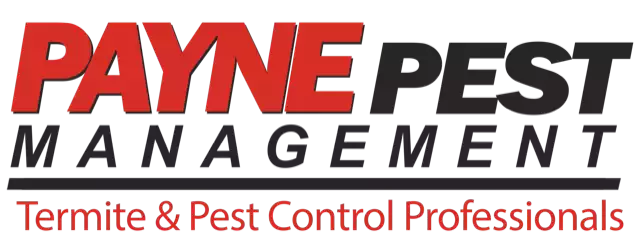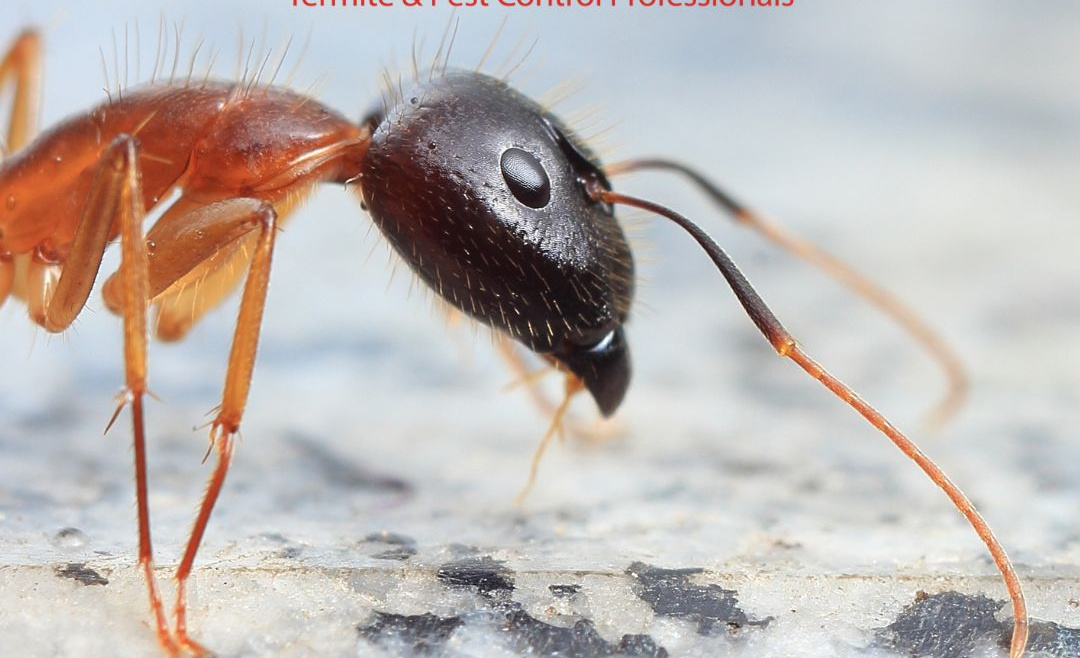Ants might be small, but they are mighty when it comes to making their presence known, especially in the warm ecosystem of Southern California. Here, these resilient creatures are not just a nuisance; they’re a year-round, frontline invasion force.
Have you noticed the ants at close quarters lately? Do they seem to say, “We’re here to stay!” alongside the California sun? Understanding these common arthropods and their behavior is a fascinating window into the intricate balance of nature, residing right under our feet.
Meet Your Uninvited Guests
When it comes to Southern California, several ant species commonly pop up unannounced, often setting up shop in our kitchens, bathrooms, and even bedrooms. These include the Argentine ant, the pavement ant, the harvester ant, and the odorous house ant. Each species has its quirks and unique patterns of behavior.
Argentine Ants
Argentine ants are a formidable challenge to local ecosystems, particularly to native ant species. These invaders form supercolonies that can extend for miles and are known for their aggression towards other ant colonies.
Pavement Ants
Pavement ants are the common sightseers, not often straying far from the vicinity of human activity. They earned their name from their habit of creating nests under cracks in pavement and sometimes inside homes.
Harvester Ants
Meanwhile, harvester ants are the farmers of the Southern Californian ant world. With impressive foraging capabilities, they collect seeds and other plant material as their primary food source. They can also administer painful stings if disturbed.
Odorous House Ants
Lastly, odorous house ants get their name from the disagreeable smell that emits when they’re crushed, something often discovered by accident. These ants are fond of sweet things and can be found trailing along in search of sugary delights.
The Ant Lifecycle
Understanding the ant lifecycle can provide insight into why they’re such a persistent presence. From egg to adult, the process is quite something to behold.
Egg Stage
It all starts with the egg, typically laid by the queen. The queen ant is the heart of a colony, being the sole reproductive female responsible for birthing an entire ant family.
Larval Stage
Eggs hatch into larvae, which the worker ants feed and care for in the safety of their nest.
Pupal Stage
Larvae spin a silk-like cocoon around themselves and become pupae. During this stage, they transform, a process similar to a butterfly’s metamorphosis, though not as strikingly different in appearance.
Adult Stage
Finally, they emerge as adult ants, ready to contribute to the colony. It’s this constant generation of ants that makes infestations so tough to eradicate—they’re like a rolling snowball, continually getting larger and larger.
The Nuisance of Ant Infestations
Ants are a nuisance for many reasons. They contaminate food, can bite or sting, and generally just aren’t the cohabitants most of us want. But beyond these annoyances, there’s a bigger picture to be aware of.
Ecosystem Impact
The Argentine ant, for instance, can significantly impact the native ant population. Their supercolonies outcompete other ant species for resources, leading to a decline in biodiversity.
Structural Damage
Pavement ants can be more than just a nuisance; they can be a threat to the structural integrity of your home. Their penchant for nesting beneath concrete can weaken it over time, potentially leading to costly repairs.
Health Concerns
Ants, particularly those that infest indoor spaces, can also be a health concern. They can contaminate food stores or surfaces where food is prepared, leading to the spread of bacteria and other pathogens.
Ant Control and Management
Given their persistence and potential for trouble, ant control is a big deal, especially in a region like Southern California where the weather is often on their side.
There are several DIY methods for deterring ants, from maintaining a clean home to sealing entry points. Laying down barriers such as powdered chalk or certain essential oils can be effective for small-scale challenges.
Professional Solutions
However, when the ant problem goes from bothersome to out-of-hand, it’s time to call in the professionals. A reputable firm like Payne Pest Management in Southern California is skilled at evaluating and treating ant infestations effectively and safely.
Sustainable Approach
Payne Pest Management prides itself on its sustainable approach, aiming to control pests while minimizing impact on the broader environment. This might involve baiting systems or barrier methods that are safe for pets and people but lethal to the ants themselves.
Ants might have us outnumbered, but Southern California residents are not without recourse. By educating ourselves about local ant species and the strategies to mitigate their impact, we can coexist relatively unscathed. Remember, the key is not just to treat the symptoms of an ant infestation but to address the underlying issues that might be attracting them in the first place.
Next time you see a line of ants marching across your countertop, appreciate the tenacity of these tiny travelers. And then call on some tenacious professionals yourself to manage the situation in a manner that’s not only effective but also embraces the local ecosystem.







